The unseen photos of Roger Bannister’s life, 70 years on from his four-minute mile
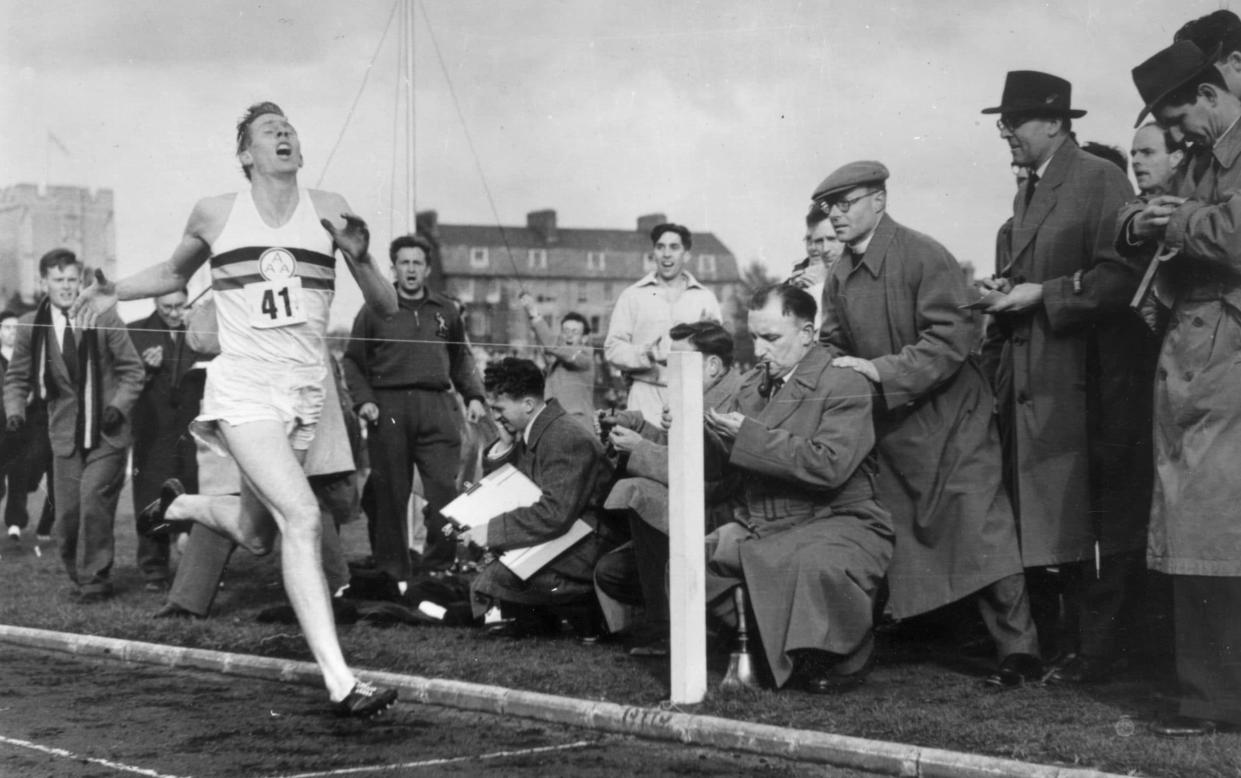
“It was as if Mount Everest had been relocated to Oxford – and we could watch it being climbed,” recalls the historian Peter Whitfield, who was only six in 1954 when, exactly a year after Edmund Hillary scaled the planet’s highest peak, Roger Bannister collapsed into the arms of two men in long overcoats after becoming the first human to run a mile faster than four minutes.
It remains one of sport’s greatest feats and, when Whitfield asserts that Bannister became simply “immortal”, the truth of that assessment will be evident this Bank Holiday Monday when hundreds will race over the classic one mile distance on the very same Iffley Road track.
That the three last holders of the world record – Steve Cram, Algeria’s Noureddine Morceli and Morocco’s Hicham El Guerrouj – are among those planning to join the Bannister family in Oxford for this 70th anniversary tells you everything about the feat’s enduring magic.
Sports Illustrated made Bannister their ‘Sportsman of the Year’ in 1954 and when the iconic American magazine composed their list of the 100 greatest sporting moments more than six decades later, the one and only British entry – between Tiger Woods’ first Masters win and Muhammad Ali’s heavyweight title triumph against Sonny Liston – was Bannister’s four-minute mile.
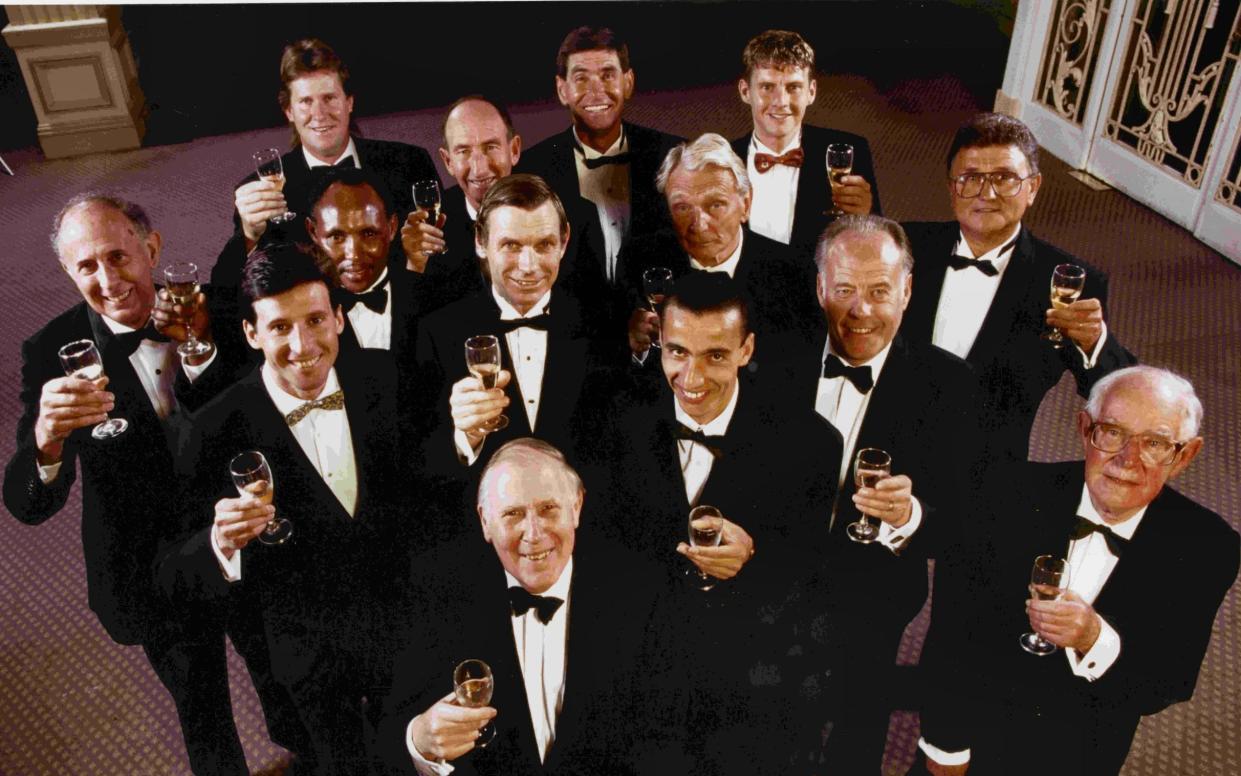
Whitfield became good friends with Bannister in the final years of his life, riding his bicycle as a guide to the great man’s Viper mobility scooter through the country lanes of Oxfordshire between pub lunches of cheese sandwiches, cider, mussels and white wine.
“For a man in his 80s, suffering from Parkinson’s, this was a major challenge and a major achievement, but he made light of it,” says Whitfield of their adventures before Bannister’s death in 2018 shortly before his 89th birthday.
“People would smile whenever they saw him. He was very self-effacing. He enjoyed enormously sitting comfortably in a village pub, cross-examining me about my life and ideas.
“He was deeply concerned about social and political matters and, as a doctor all his life, he was dedicated to a creed of amelioration: he believed that human life and society were steadily improving as we gained more knowledge, and that civilisation would triumph over the manifest ills.
“He had this commitment, this positive and ethical approach, to make the world a better place if he possibly could. He was very concerned about drugs in sport, and the Olympics with all its commercialisation and politicisation. He did greatly enjoy the 2012 Games and he thought there was great hope. He was great buddies with [Sebastian] Coe and Cram and he was very interested in the arrival of the Africans in endurance running. I once asked him if we would get under two hours for a marathon and he said, ‘Yes, but it won’t be a European or an American’.”
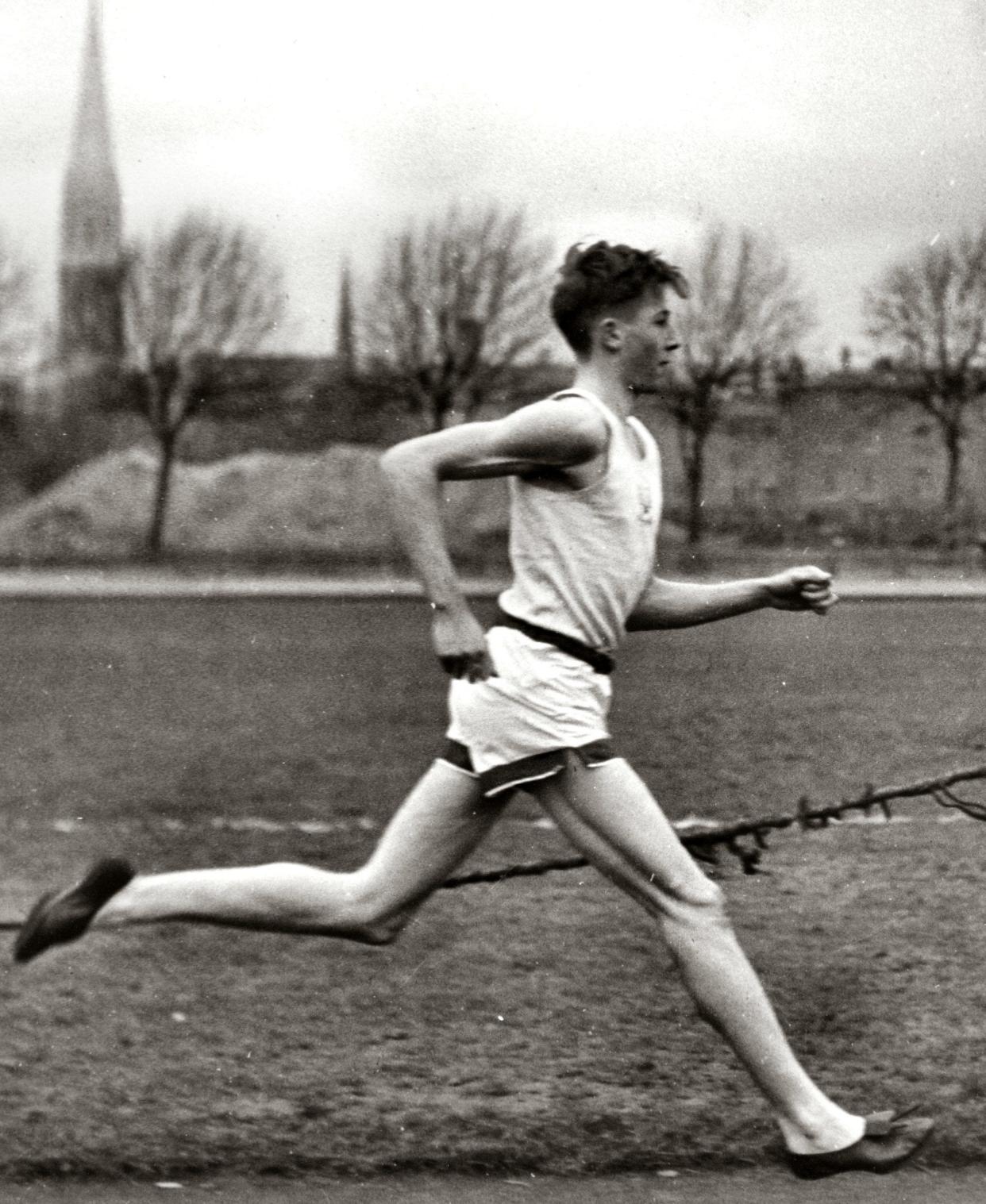
The depth of Bannister’s thinking has part-inspired the title of a fascinating new biography by Whitfield.
Roger Bannister: Athlete and Philosopher draws on a raft of first-hand sources, from personal diaries and documents which are now lodged for public consumption at the Bodleian Library in Oxford, to some 115 photographs, all provided by the Bannister family, of which many are being published for the first time.
We are also joined during our interview by Thurstan Bannister, one of Roger’s four children, who remains struck by how many people still approach him daily in Oxford with personal memories of his father. “He gave his all to the things he believed in,” says Thurstan. “He was very serious minded – sometimes hard to see that much of. For a long time, he really had a triple commitment: To his clinical work, to his research in autonomic nervous failure, and then to the Sports Council [Bannister was the first chair of what is now Sport England].
“He was always encouraging of coaches and would give talks in local schools. Even in the quiet of the home, he was really admirable – imparting good values by example.”
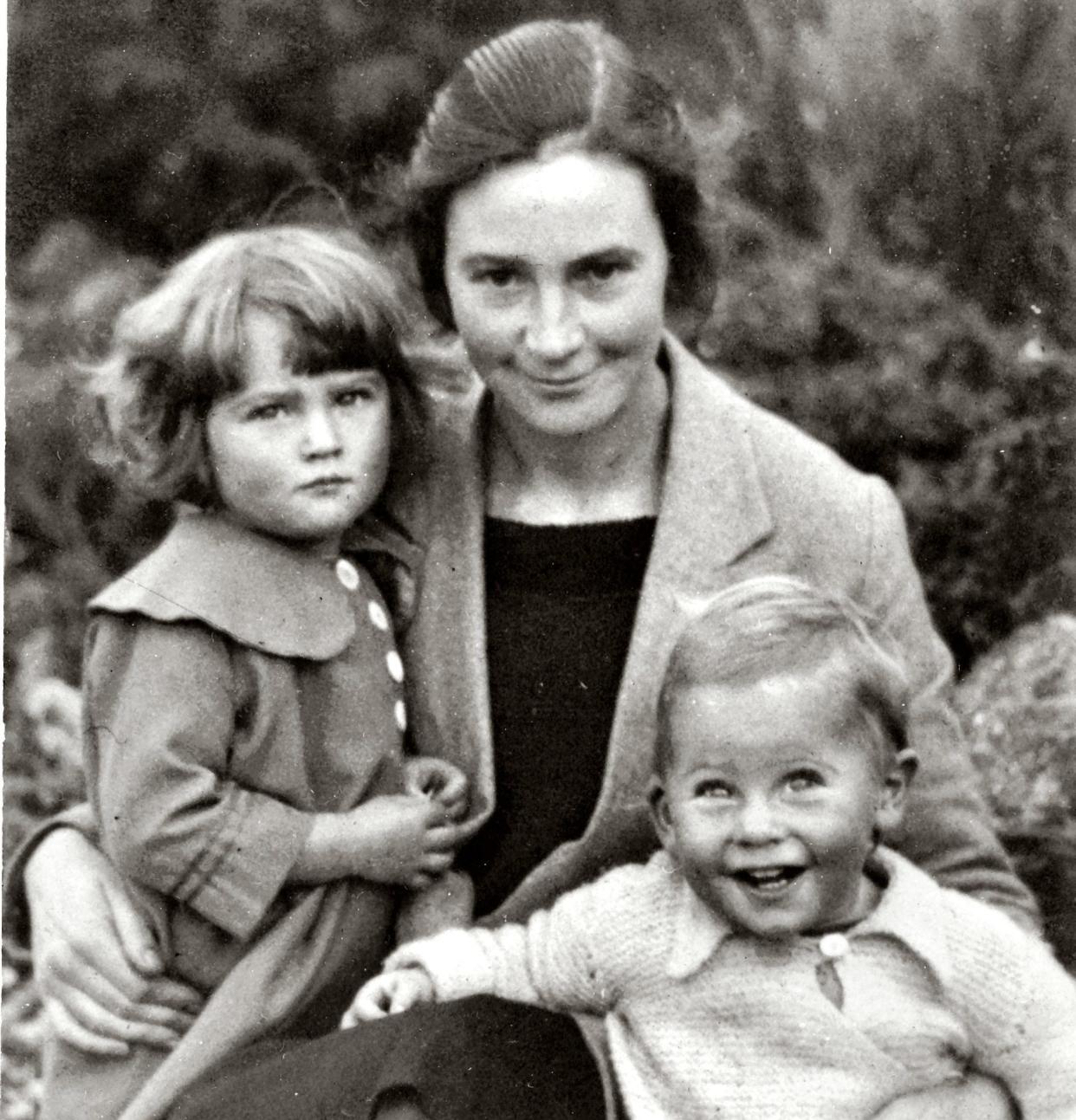
When I ask what those values were, Thurstan reaches for a document that his father wrote in 2001 called ‘Letters to my Grandchildren’. “I think the message that my parents left me was: find what you are good at and do it with all your might, and spend your time trying to perfect it,” wrote Roger. “That was the philosophy of life which I have attempted to apply. From [1954] on my course of action was always influenced by a sense of gratitude. In some ways I have ever since then been trying to repay that particular debt of undeserved good fortune.”
It is a passage which prompts Whitfield to exclaim: “Such magnanimity! Being human, he must have had faults, but I never saw them… I can’t imagine that he had an enemy in the world.”
In achieving what he called “the fame of boyhood dreams”, it is noticeable how Bannister always ascribes such collective credit to his great pacemaking friends Christopher Brasher and Christopher Chataway. “We had done it – the three of us!” We shared a place where no man had yet ventured,” he wrote in his 1955 book, The First Four Minutes.
Brasher and Chataway would themselves collectively go on to win Olympic and Commonwealth gold, set a world record, co-found the London Marathon and become a Government minister but are both still probably best known for their support roles in the first four-minute mile.
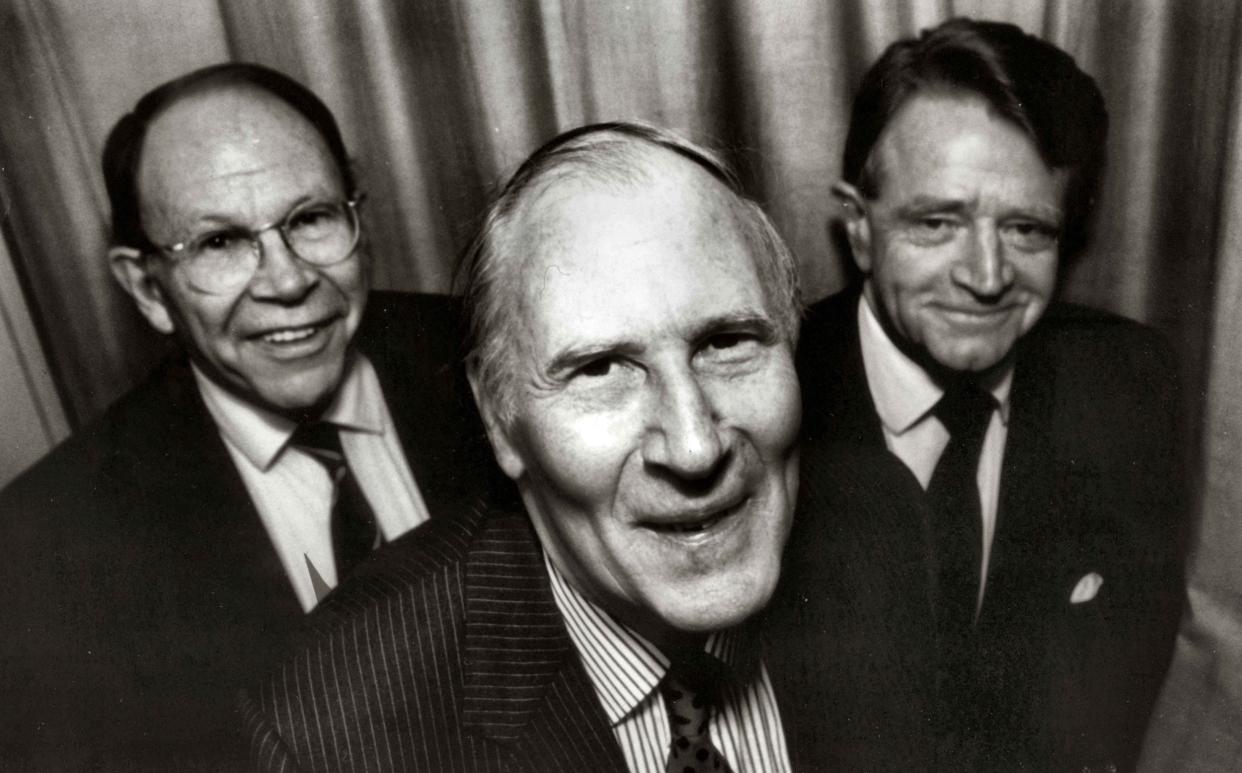
“The three of them together were pantheons… titans in whatever they went into,” says Brasher’s son, Hugh, who is now the London Marathon’s race director.
In recollecting the events of May 6, 1954, the combination of Whitfield’s boyhood memories, Thurstan’s observations, Bannister’s own diaries and the old BBC footage still sends a chill down the spine. The backdrop was how both the Australian John Landy and an American, Wes Santee, were also targeting the four-minute barrier. Landy had gone below 4min 3secs six times but had come to regard the challenge as “a brick wall”.
Bannister, who was accepted into Oxford University aged 16 and was already a qualified junior doctor, saw no logical reason why a time of, say, 242 seconds was possible but below the required 240 was not. He also approached his training with complete independence of thought. Partly by design, but also out of necessity because of his work at St Mary’s Hospital in Paddington, Bannister trained only between 12.30pm and 1.30pm each day and broke down the challenge to gruelling 400m interval sessions.
“He took a scientific approach and was prepared to push himself very hard in the limited time he allocated,” says Thurstan. “He also managed to build up a huge amount of nervous energy – he felt that there was a primal aggression you could unleash at key events and he learnt how to do that.”
In his diaries, Bannister recalls reaching a plateau of 61 seconds per lap during the winter of 1953-1954 (he would need to average below 60 for four continuous laps) but then taking some days off mountaineering with Brasher and returning to find an immediate two-second jump in speed.
They decided to target the Oxford University v Amateur Athletic Association meeting at Iffley Road and, after working in the hospital on the morning of May 6, Bannister initially decided that gale force winds would render the attempt impossible. He then met the running coach Franz Stampfl on the train from Paddington to Oxford, who persuaded him not to waste this peak of physical and psychological preparation. Bannister also spoke with Chataway, who suggested waiting until after 5pm before coming to a final decision.
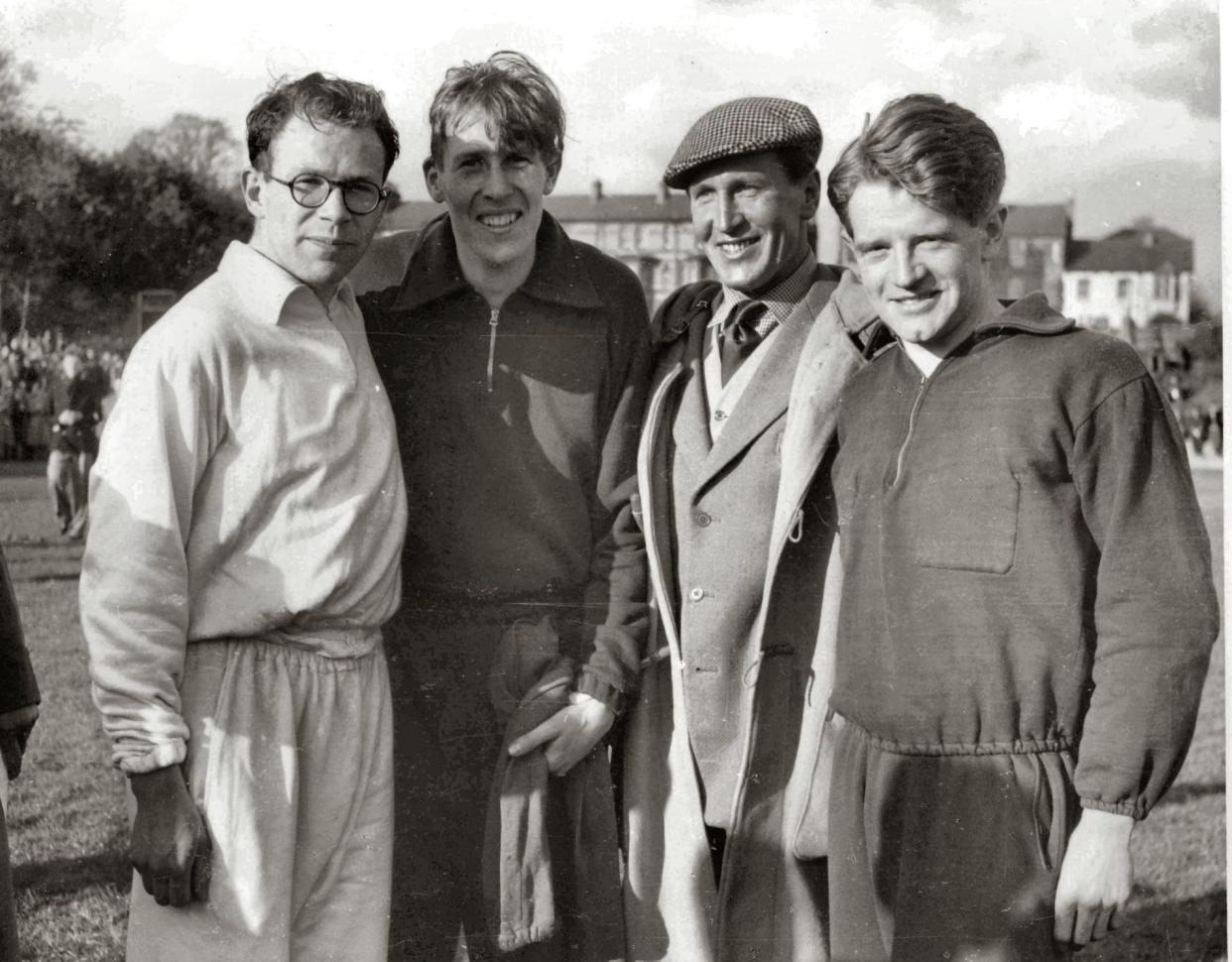
The wind had by then reduced to gusts and so away they went at 6pm, with Brasher initially leading and stubbornly sticking to the planned pace before Chataway led through the bell ahead of Bannister’s final sprint into history. “I felt that the moment of a lifetime had come,” wrote Bannister in 1955. “The world seemed to stand still, or did not exist. The only reality was the next 200 yards of track under my feet. The tape meant finality – extinction perhaps.
“It was only then that real pain overtook me. I felt like an exploded flashlight with no will to live. It was as if all my limbs were caught in an ever tightening vice. I knew that I had done it before I even heard the time.”
Bannister was whisked that evening to London to appear on television before an invite via the Foreign Office to New York, where he was afforded a police escort from the airport. “It was more than just a race,” says Whitfield. “It represented this man’s conquest of nature. It was monumental.”
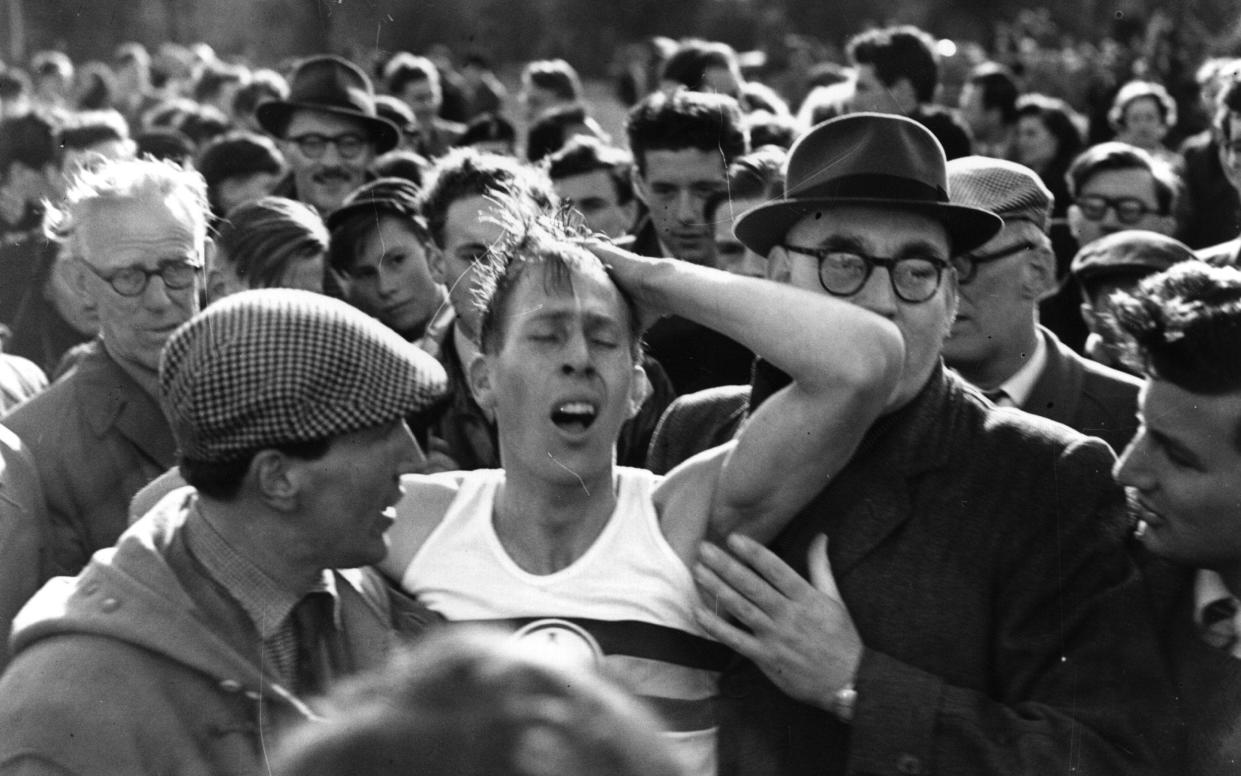
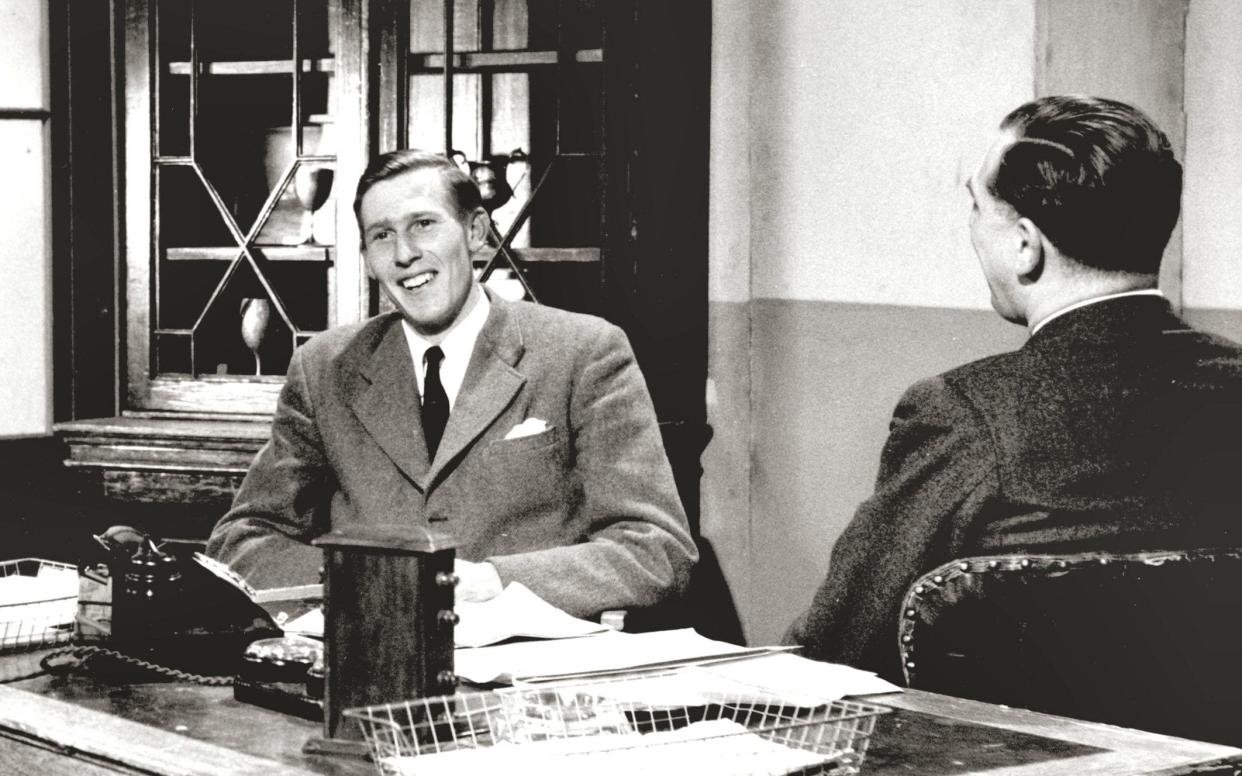
Bannister had also already decided that it would be his last year in competitive athletics and so, after triumphing in an epic head-to-head against Landy for the Empire and Commonwealth Games title in Vancouver when they both ran under four minutes, and then winning the European Championships, he simply retired. He was 25. In his training diary for 1954, that last victory in Bern on August 29 – just 116 days after the four-minute mile – is accompanied by one word: Finis.
That was of course only true in the strictly athletic sense. Bannister was still at the start of his career in neurology and he also threw himself into other interests; transforming sports facilities with his work at the Sports Council and the International Council of Sport, becoming master of Pembroke College, steering the group of chemists who developed the first test for anabolic steroids and helping to set up the Duke of Edinburgh award. Even in his 80s, Bannister gained a diploma in creative writing from Oxford University (with commendation) and took on a study of the causes of the First World War.
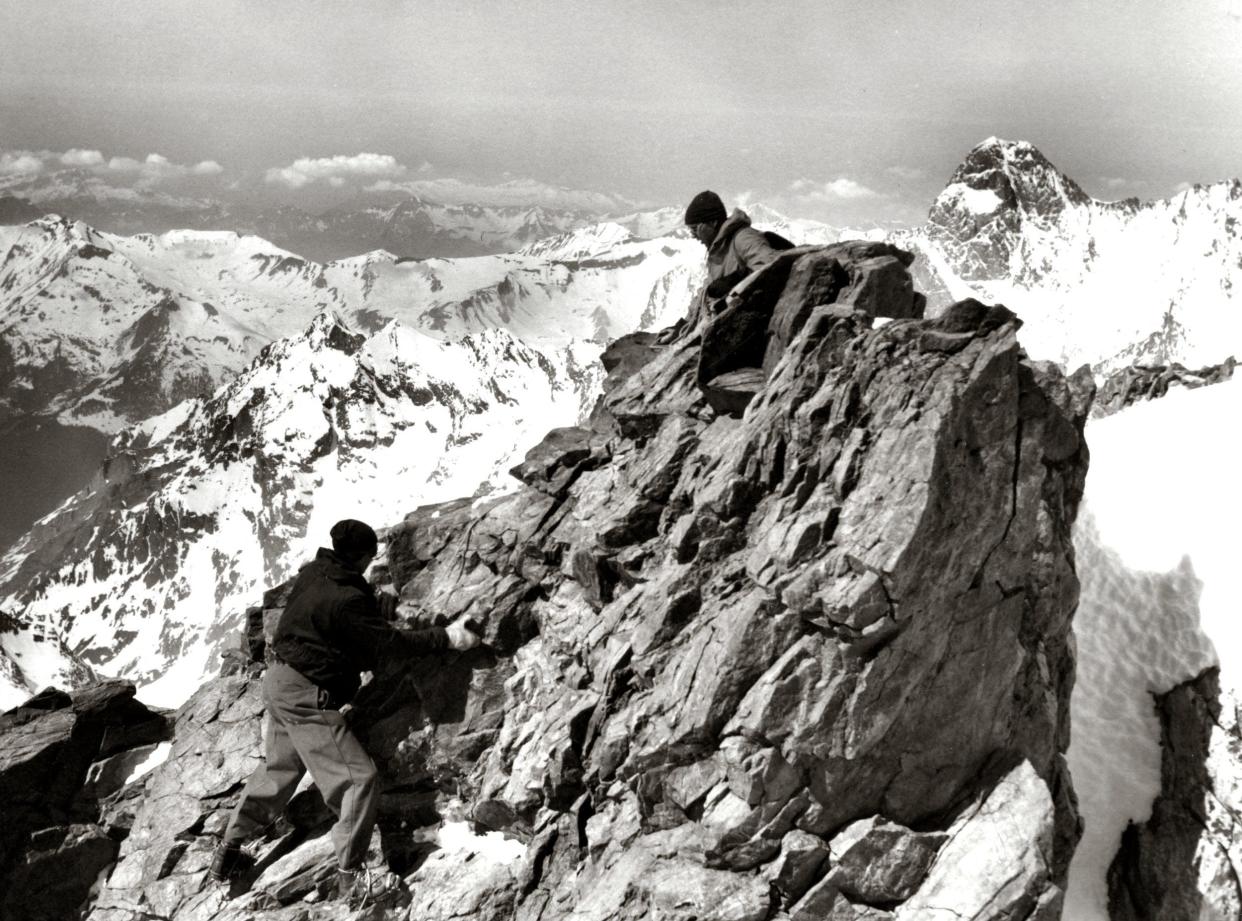
“He always emphasised that running was something to be done with a lot of focus but while balancing other important things in life,” says Thurstan, who can recall running for pleasure with his father at Wimbledon Common, Richmond Park and Littlehampton beach.
“Over time he attached more importance to his medical career. One of the trophies he was proudest of was receiving a Lifetime Achievement Award from the American Neurological Association.
“I think he was in the best position of being able to look back happily at a life well spent – to enjoy the company of friends, the love of his family around him, and the interest he could take in new developments with this overarching optimism about human progress.”
Whitfield describes Bannister as the “last gentleman amateur” of sport. “I don’t think Roger was ever prepared for this outburst of euphoria that engulfed him but he was able to accept this role as a national hero,” says Whitfield. “He had greatness thrust upon him and, with his modesty, integrity, charm, tranquillity and intelligence, he was able to carry this off. He was a figurehead… a real English gentleman.”
Roger Bannister: Athlete and Philosopher is published by Wychwood Editions at £18. To order, call 07949 250880 or email _pwwhitfield1@gmail.com_


